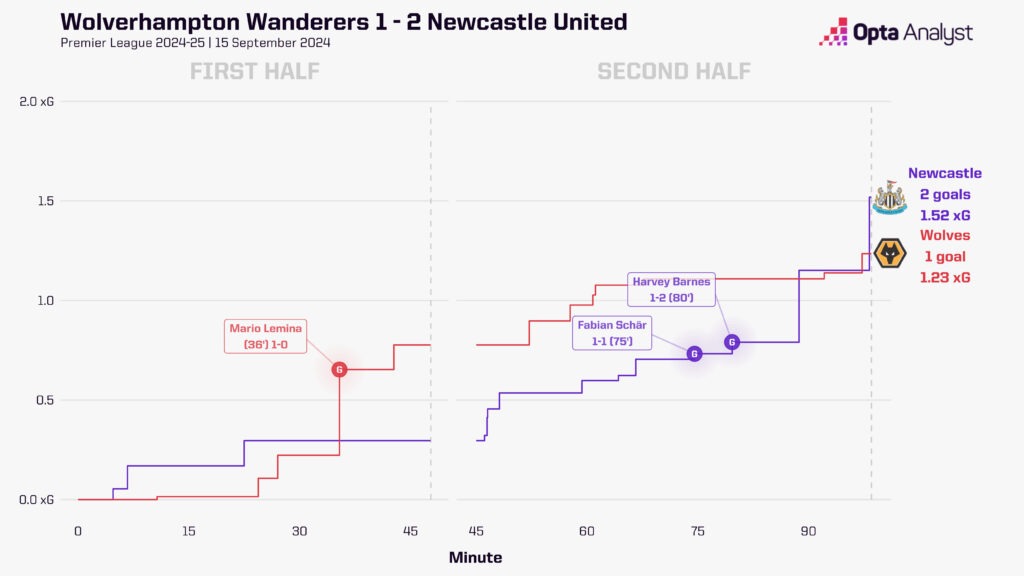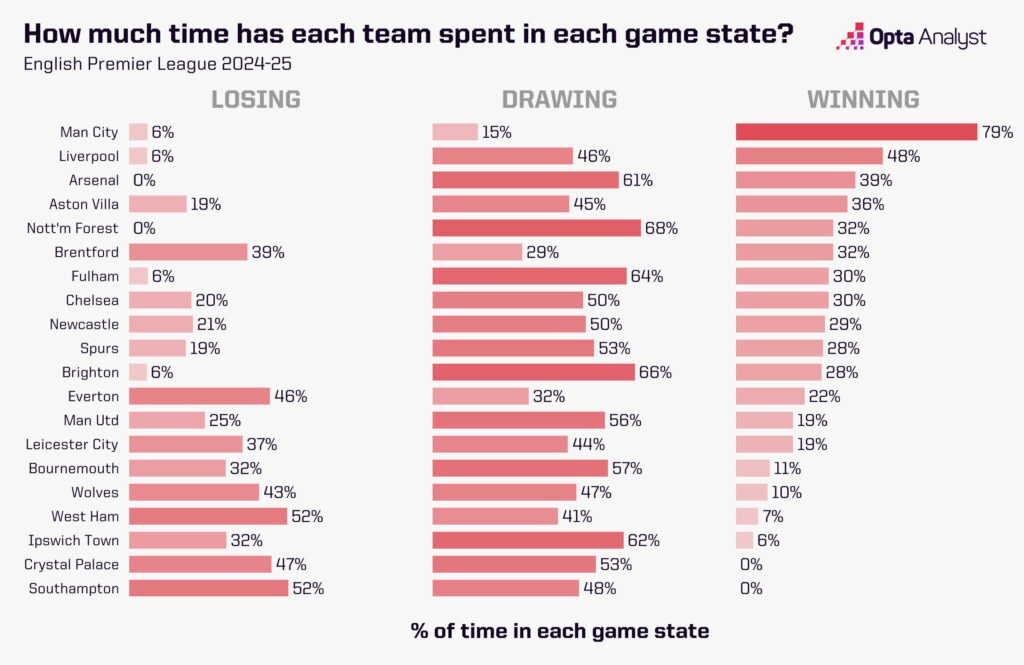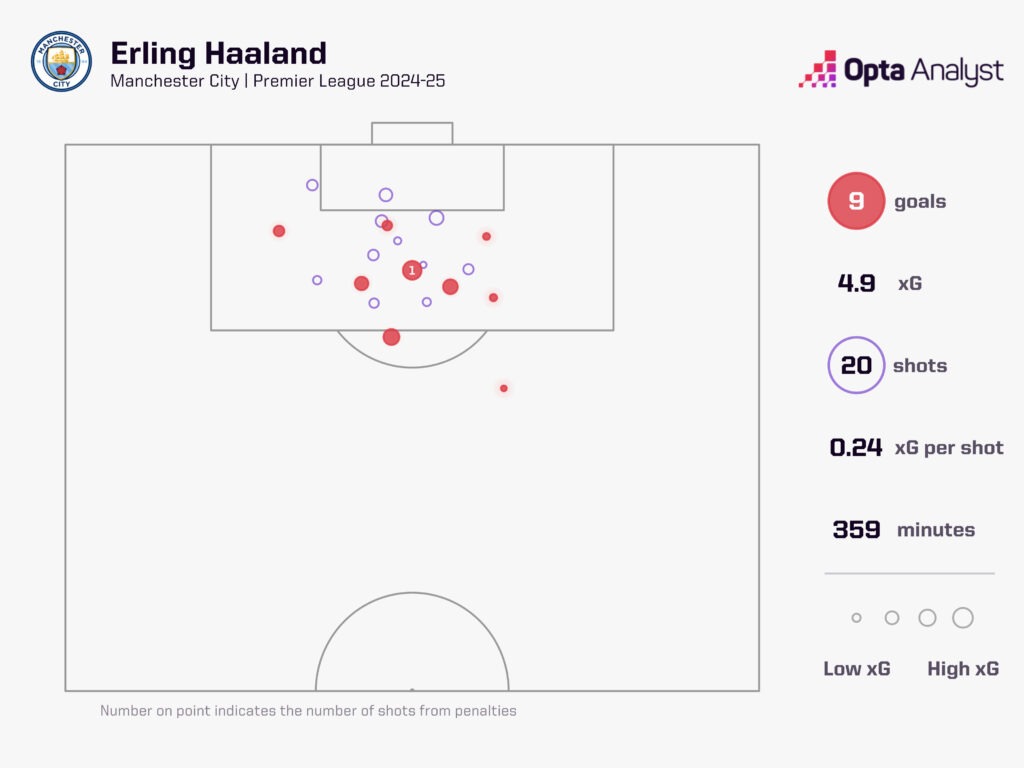We’re back with our Monday helping of snap judgements from the weekend’s action in the Premier League. Here are five knee-jerk reactions to what we’ve just witnessed.
Premier League Cards Records to Keep on Tumbling
This weekend saw a record 65 yellow cards dished out. That’s more than any other matchday in Premier League history. Conspiracy theories will rage on social media, with fans of every club sure that decisions are going disproportionately against their team’s players.
The fact is, though, that referees have been instructed to stamp down even harder this season on dissent and any attempts to waste time, and, so far at least, it looks like they are following orders from above.
This weekend, the record was set for the most yellow cards in a Premier League fixture (14 in Bournemouth vs Chelsea) and the record for the most yellows in the first half of a Premier League match (seven in Tottenham vs Arsenal) was equalled. Neither game felt like the dirtiest we’ve ever seen, but rather it appeared softer yellows were being given out.
We are now averaging 4.9 yellow cards per game this season, which is significantly more than in any other season in Premier League history. We are only four rounds of games into the season, but the fact that the next-highest figure is 4.2 in 2023-24 suggests this is a trend that will continue; the third-highest rate of yellows per game was 3.7 way back in 1998-99.
Expect more weekends filled with yellow cards in the weeks and months to come.
We Need to Stop Paying So Much Attention to xG
“I don’t care. If you’re a good striker of a ball and you’ve got an opportunity from 20, 25 yards… have a shot.”
That was Jamie Redknapp’s response on Sky Sports on Sunday to a mention of the combined expected goals (xG) value of the shots for Newcastle’s two goals in their 2-1 win over Wolves.
While we’re obviously not here to condone any disregard for one of the most important metrics in football’s data revolution, there were a few crucial xG-busting goals this weekend, suggesting having a go from distance isn’t such a terrible idea. As well as both of Newcastle’s goals, Jhon Durán struck late from distance to complete Aston Villa’s turnaround against Everton, and Callum Hudson-Odoi scored Nottingham Forest’s winner at Anfield from distance.

In total, there were six goals from outside the penalty area this weekend, and 2024-25 is seeing an average of 0.45 goals from range per game – the highest rate since 2013-14 and the fifth-highest of any season in Premier League history.
It’s obviously not actually time to stop using xG (Redknapp’s analysis on Sunday suggests he doesn’t entirely understand how xG works), not least because it is genuinely interesting to note exactly how unlikely it was that both Newcastle shots were scored.
But it is also interesting to note how many goals we have seen from distance given the trend in recent years in the Premier League has been towards fewer pot shots from distance, and fewer goals as a result.
We’ll keep paying plenty of attention to xG – even if Redknapp doesn’t – and we’ll continue to love goals from distance if they keep going in. Yes, we aren’t just robots; we can enjoy long-range strikes alongside xG, Jamie.
Nuno Can Take Forest to the Heights He Took Wolves
The chaos of Nuno Espírito Santo’s failed 10-game reign as Tottenham manager sticks in the memory rather more than it really should. Because it was at a bigger club than Wolves, he may always find it hard to shake the association with his time in London. The truth is, he deserves far more credit than that.
The way his Nottingham Forest team has started 2024-25 is much more Wolves 2018-19 than it is Spurs 2021-22. Wolves finished seventh that season and qualified for Europe, and Forest fans could be forgiven for dreaming of a sensational return to continental competition under their Portuguese manager.
A 1-0 win against Liverpool on Saturday – their first top-flight victory at Anfield since 1969 – extended their unbeaten start to the campaign in stunning fashion. Prior to that game, critics may have suggested home draws against Bournemouth and Wolves and an away win at Southampton weren’t particularly impressive results, but this weekend Forest showed they can mix it with the very best.
Two goals conceded in four Premier League games is a fantastic record whoever the opposition, and a clean sheet at Anfield is a genuinely huge achievement. Forest are one of only two teams (alongside Arsenal) who haven’t trailed at any point in a Premier League game this season.

It’s very, very early days, but Forest have had years of struggling in the lower leagues, so let them enjoy their time in the sun.
Haaland is Going to Outscore Some Very Good Teams This Season
Forget the record for the most goals scored in a Premier League season. Forget smashing the record as the quickest player to reach 100 Premier League goals. Forget breaking the all-time record for Premier League hat-tricks.
Erling Haaland is now better than some entire teams.

Okay, that might be a bit over the top, but at the rate he is going, he could genuinely outscore half of the Premier League.
With 36 goals in 2022-23, he had the most prolific season by a player in Premier League history. That year, he scored more goals than two teams: Everton (34) and Wolves (31).
After scoring twice for Manchester City at the weekend, he is already on nine for the season in 2024-25. He simply isn’t going to keep on scoring at this rate (if he did, he would end up on 85 goals), but reaching 40 goals certainly isn’t out of the question. There’s every chance that a few teams won’t even reach that mark; seven sides scored 40 or fewer when Haaland hit 36 goals in 2022-23.
He has moved the goalposts when it comes to Premier League goalscoring rates, and there’ll be a fair few more records that tumble this season.
Goalkeepers Have Sussed Out Penalties
Last season, we saw a record rate of penalties being successfully scored; 90% of them were converted – a higher proportion than in any other Premier League season.
We analysed exactly why that might be happening in great depth at the time, suggesting a few possible explanations, including but not limited to: the rule that requires the goalkeeper to stay on their line for longer making it easier for penalty-takers; more penalties being struck (successfully) down the middle; more being awarded so players are spending more time practising them.
But this weekend, we saw two penalties saved. First Cameron Archer’s effort was kept out by Manchester United keeper André Onana, and then Evanilson saw his strike turned around the post by Chelsea’s Robert Sánchez. Only eight matchdays on record (since 2006) in the Premier League have seen more penalties saved than the two we saw on Saturday.
It means 40% of all penalties have been saved this season, which is by far the highest save rate in any season in Premier League history, ahead of the 26% that 2017-18 brought.
It’s slightly too early to start making sweeping conclusions about the entire season on this front, particularly given 2023-24 saw record-breaking numbers of penalties scored… but it would be fun if penalties didn’t become a completely foregone conclusion as soon as they were awarded, wouldn’t it?
We’re here for goalkeepers getting their own back.

Enjoy this? Subscribe to our football newsletter to receive exclusive weekly content. You should also follow our social accounts over on X, Instagram, TikTok and Facebook.
